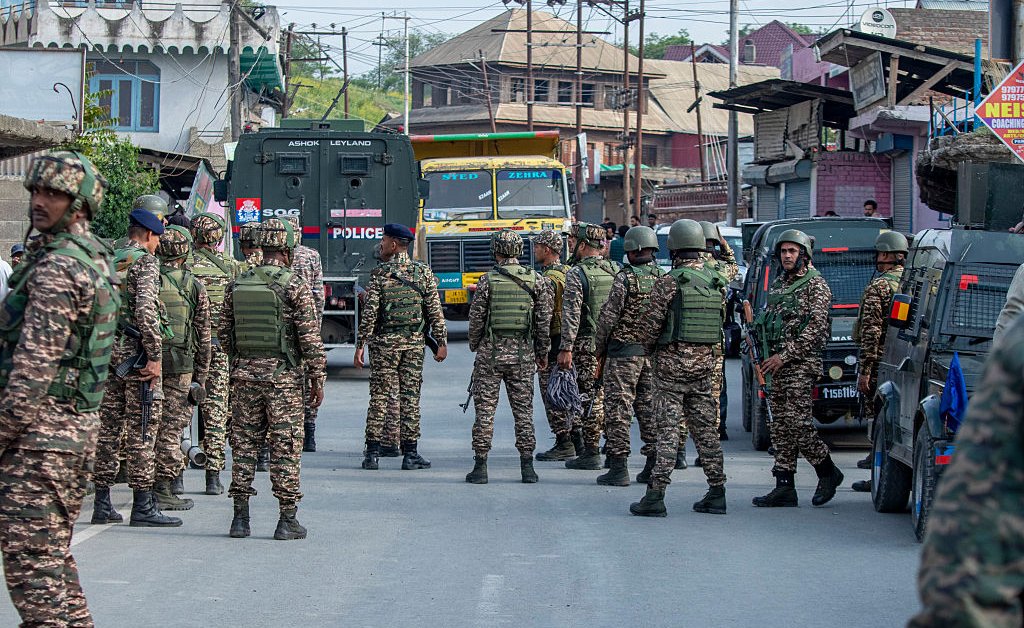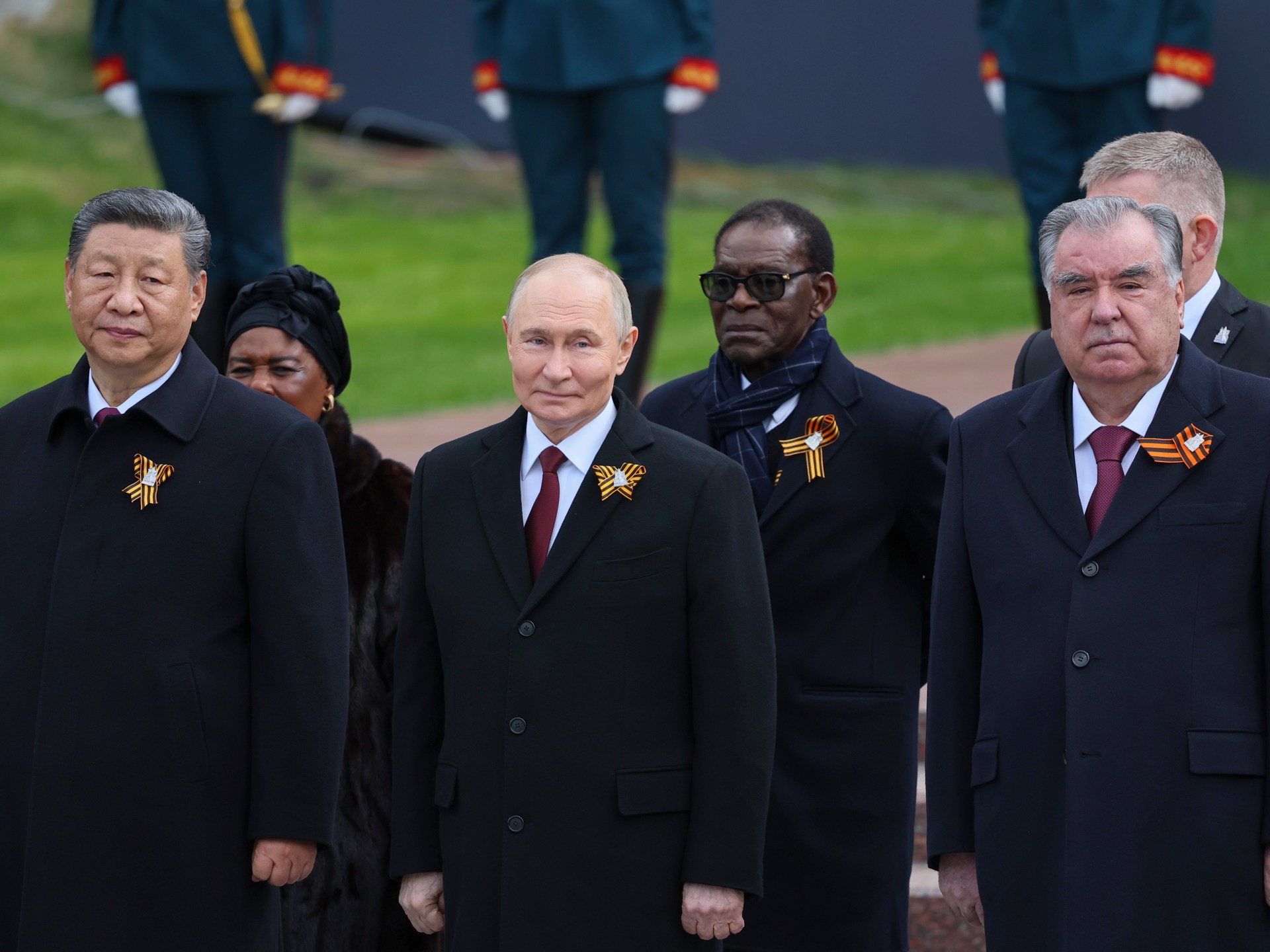Kashmir: Tracing The Roots Of India-Pakistan's Longstanding Conflict

Welcome to your ultimate source for breaking news, trending updates, and in-depth stories from around the world. Whether it's politics, technology, entertainment, sports, or lifestyle, we bring you real-time updates that keep you informed and ahead of the curve.
Our team works tirelessly to ensure you never miss a moment. From the latest developments in global events to the most talked-about topics on social media, our news platform is designed to deliver accurate and timely information, all in one place.
Stay in the know and join thousands of readers who trust us for reliable, up-to-date content. Explore our expertly curated articles and dive deeper into the stories that matter to you. Visit Best Website now and be part of the conversation. Don't miss out on the headlines that shape our world!
Table of Contents
Kashmir: Tracing the Roots of India-Pakistan's Longstanding Conflict
The picturesque valleys and snow-capped peaks of Kashmir belie a history steeped in conflict, a simmering dispute between India and Pakistan that has endured for over seven decades. Understanding the current tensions requires delving into the complex and often brutal history of this region, a history marked by shifting allegiances, princely rule, and the devastating legacy of partition.
A Legacy of Partition: The Seeds of Discord
The roots of the Kashmir conflict can be traced directly back to the partition of India in 1947. The hastily drawn borders, designed to separate Hindu-majority India from Muslim-majority Pakistan, left the princely state of Jammu and Kashmir, with its diverse population, in a precarious position. Its then-ruler, Maharaja Hari Singh, initially opted for independence, a decision that proved unsustainable amidst the escalating violence surrounding partition. The subsequent invasion by Pashtun tribesmen from Pakistan, fueled by the desire to unite Muslim-majority areas under Pakistani rule, forced Maharaja Hari Singh to accede to India in exchange for military assistance. This accession, however, was far from universally accepted and remains a central point of contention to this day.
The First Kashmir War and the Line of Control:
The accession sparked the First Kashmir War (1947-1949), a brutal conflict that pitted India against Pakistan and solidified the division of Kashmir along the Line of Control (LoC). The war ended with a UN-mediated ceasefire, leaving the territory divided, with India controlling roughly two-thirds and Pakistan controlling the remaining one-third, including Azad Kashmir and Gilgit-Baltistan. This division, however, remains unresolved, fueling ongoing tensions and sporadic armed clashes along the LoC.
Subsequent Conflicts and the Rise of Militancy:
The Kashmir conflict wasn't confined to the initial war. Subsequent conflicts, including the 1965 and 1999 wars between India and Pakistan, further exacerbated tensions and solidified the region's volatile status. The late 20th century witnessed a significant rise in militancy in Indian-administered Kashmir, with various separatist groups fighting for independence or merger with Pakistan. This period saw widespread human rights abuses and a significant loss of life, leaving a lasting scar on the region's social fabric.
The Role of Geopolitics and International Involvement:
The Kashmir conflict is not simply a bilateral issue; it's intricately woven into the broader geopolitical landscape of South Asia. Both India and Pakistan have consistently sought international support for their respective claims, involving major global powers in the debate. The United Nations Security Council has passed several resolutions calling for a plebiscite to determine the will of the Kashmiri people, but these resolutions remain largely unimplemented, highlighting the complexities of finding a mutually acceptable solution.
The Current Situation and the Path Forward:
Today, the Kashmir conflict continues to be a major source of tension between India and Pakistan, with regular skirmishes and heightened military presence along the LoC. While various peace initiatives have been attempted over the years, finding a lasting solution remains a significant challenge. Understanding the historical context is crucial to navigating the complexities of this enduring conflict and exploring potential pathways towards peace and stability in the region. Finding a solution requires addressing the core concerns of all parties involved, recognizing the diverse perspectives within Kashmir itself, and prioritizing the well-being of the Kashmiri people. The path to peace is long and arduous, but understanding the historical roots of the conflict is the first crucial step.
Keywords: Kashmir conflict, India-Pakistan conflict, Line of Control (LoC), Jammu and Kashmir, Partition of India, Azad Kashmir, Gilgit-Baltistan, Kashmir insurgency, India Pakistan War, UN resolutions Kashmir, Kashmiri people, South Asia geopolitics.

Thank you for visiting our website, your trusted source for the latest updates and in-depth coverage on Kashmir: Tracing The Roots Of India-Pakistan's Longstanding Conflict. We're committed to keeping you informed with timely and accurate information to meet your curiosity and needs.
If you have any questions, suggestions, or feedback, we'd love to hear from you. Your insights are valuable to us and help us improve to serve you better. Feel free to reach out through our contact page.
Don't forget to bookmark our website and check back regularly for the latest headlines and trending topics. See you next time, and thank you for being part of our growing community!
Featured Posts
-
 Fernando Alonso And Esteban Ocons Perspective Unpacking Ferraris 2023 Struggles
May 10, 2025
Fernando Alonso And Esteban Ocons Perspective Unpacking Ferraris 2023 Struggles
May 10, 2025 -
 Russias Victory Day Parade Overshadowed By Moscow Kyiv Accusations
May 10, 2025
Russias Victory Day Parade Overshadowed By Moscow Kyiv Accusations
May 10, 2025 -
 Investigating Siri Potential Claims For Users 2014 2024
May 10, 2025
Investigating Siri Potential Claims For Users 2014 2024
May 10, 2025 -
 Oceans Last Frontier The 99 Of The Deep Sea We Havent Seen
May 10, 2025
Oceans Last Frontier The 99 Of The Deep Sea We Havent Seen
May 10, 2025 -
 Ons Jabeur Vs Jasmine Paolini Round Of 32 Showdown At The Italian Open 2025
May 10, 2025
Ons Jabeur Vs Jasmine Paolini Round Of 32 Showdown At The Italian Open 2025
May 10, 2025
